Editor's note: On September 15, the "International Mountain Tourism Alliance (IMTA) Annual Conference and Dialogue among World Famous Mountains 2023" opened in Xingyi City, Guizhou Province. Gathering over 200 participants, including IMTA members, renowned international organizations, relevant national cultural and tourism departments, leaders and officials from Guizhou Province, professional tourism organizations and enterprises, world-famous mountain and mountain tourism destination institutions, media and other esteemed guests. The conference was themed with "Mountain Tourism Resource Innovation and Destination Construction." Simultaneously, the Dialogue among World Famous Mountains explored the theme "World Famous Mountains Empower the Wellness of Mountain Tourism." Discussions revolved around cutting-edge strategies for mountain resource protection, innovative utilization, and development, fostering an inclusive and collaborative atmosphere.
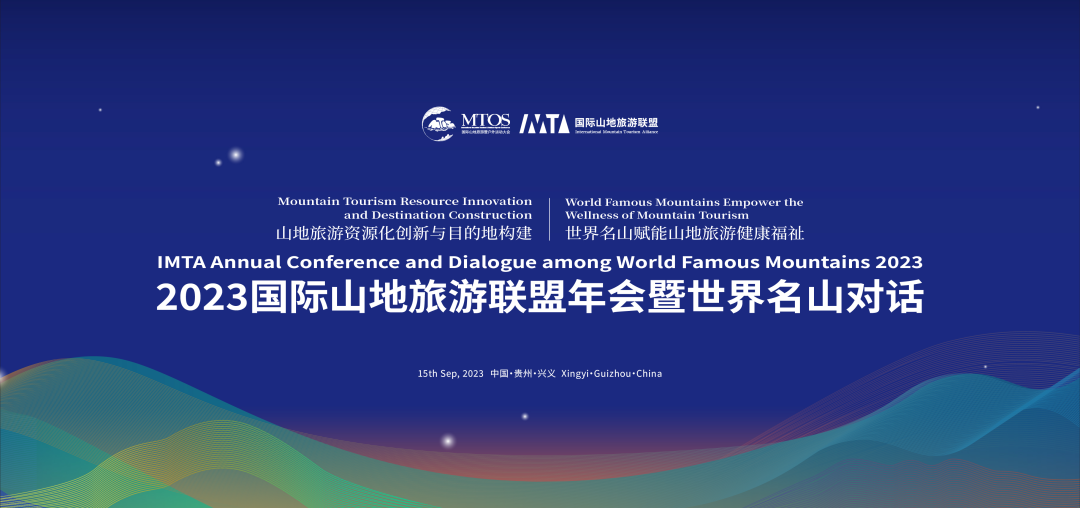
During the Dialogue among World Famous Mountains 2023, Antonina Kukushkina,Marketing Specialist of Alpindustria Tour; Carlos Vélez, President of the China Spain Trade Association, Representative for China Affairs of the Spanish Grand Canary Government; Damba Gantemur, President of Mongolian Tourism Association; Feng Junchao, Member of the Emei Mountain Scenic Area Party Working Committee, Deputy Director of the Management Committee, conducted a conversation on the topic of "Ecological Priority Empowers the Green Development of Famous Mountains Tourism". They shared local practices of green tourism based on the construction of tourist destinations,and Provide advanced ideas and successful experience for the sustainable development of the world's famous mountains. Xu Jing, former Regional Director for Asia and the Pacific, UNWTO hosted, the Dialogue.
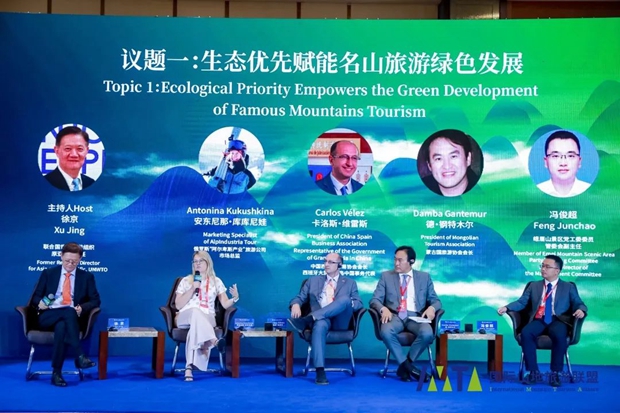
Xu Jing: First of all, let's invite Ms. Antonina Kukushkina, Marketing Director of "Alpine Industry", a Russian tourism company, to share the company’s experience in developing famous mountain tourism.
Antonina Kukushkina: Hello everyone, first of all, let me introduce Mount Elbrus. It is the highest peak on the Eurasian border, located in the Great Caucasus in southwestern Russia. I come from Russia, and I would like to share with you some experiences in developing mountain tourism, including hiking. We are deeply concerned about the green ecology of mountains, since we all like hiking in clean mountainous areas, and of course, no one wants to travel to polluted mountains. Mount Elbrus is very popular all year round, with about 10,000 climbers climbing it every year. We also organize some projects every year, such as mountain cleaning, that is, cleaning the mountain with volunteers and related people. In August this year, we collected 20,000 tons of garbage and waste, which is great for protecting nature.
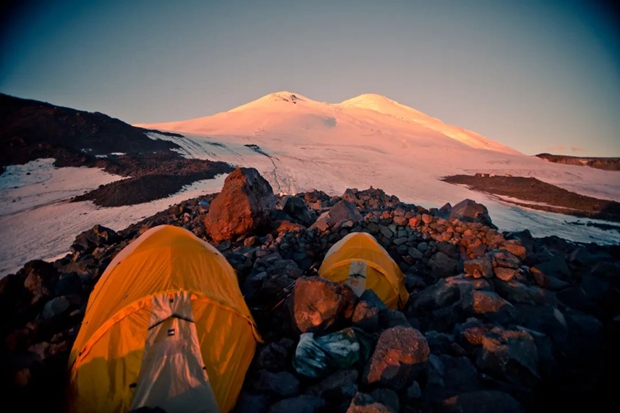
Source: IMTA
In addition, I would like to talk about infrastructure. About ten years ago, some Italians constructed related infrastructure in Mount Elbrus and carried out mountain circulation. The Russian government is very supportive of infrastructure construction that can protect mountains. We also launched related projects in 2015, which can protect mountain ecology well.

Source: IMTA
Xu Jing: Now I give the floor to Mr. Carlos Vélez, Spanish representative for China affairs in Gran Canaria. I would like to ask you a question. Gran Canaria in Spain is a famous tourist destination, with a large number of visitors and activities. As a tourist destination, how do you balance the protection of the microbial systems with tourism development?
Carlos Vélez: Green tourism in Gran Canaria is increasingly favored by tourists who want to enjoy the natural beauty and biodiversity of this beautiful Canary Islands while minimizing their environmental impact. Gran Canaria, located in the Canary Islands, is rich in landforms, including beaches, mountains, forests and sand dunes. I’d like to introduce you to some of the activities and attractions on the island that are related to ecology and green tourism:
Natural parks and reserves: Gran Canaria has several natural parks and reserves where visitors can explore the local flora and fauna. Among them, the most famous ones are Parque Natural de Pilancones, Parque Natural de Tamadaba, and Güi-Güi Nature Reserve.
Hiking routes: There are a variety of routes on the island that allow visitors to explore the mountainous landscape. Some popular routes include the Santiago Route, the Volcano Route, and the Azulejos Route.
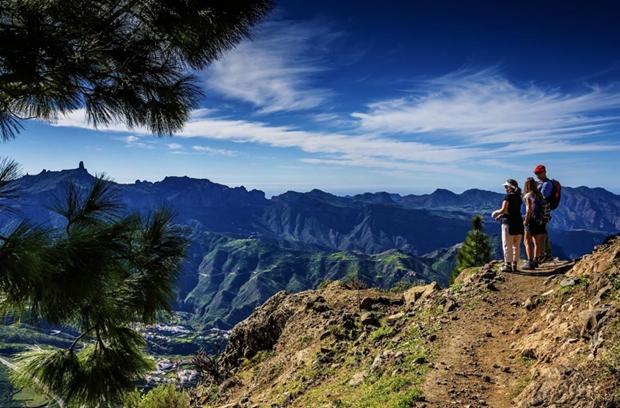
Source: IMTA
Birdwatching: Gran Canaria is an ideal place for birdwatching, as it inhabits a variety of birds, including migratory birds. Dunas de Maspalomas is a popular spot for bird watching.
Rural tourism: Tourists can choose to stay in rural dwellings and green farms, experience field life, and support local communities.
Eco-tourism activities: The island offers eco-tourism activities such as horse riding, mountain cycling, kayaking, etc., allowing visitors to enjoy nature in an environmentally friendly way.
Sustainable agriculture: Gran Canaria is known for its sustainable agriculture, including the production of local wines, cheeses and agricultural products. Visitors can take winery and farm tours to learn about the craftsmanship and taste fresh agricultural products.
Respecting the environment: When visiting the island, you must follow sustainable practices such as collecting trash, not disturbing flora and fauna, and using designated roads and bicycles to minimize your environmental impact.
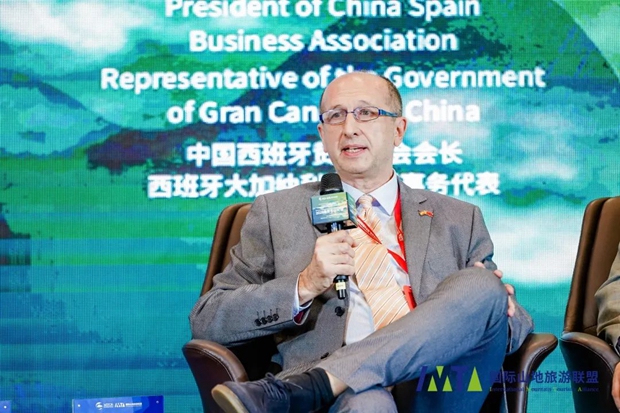
Gran Canaria offers unique experience for nature lovers and tourists who want to enjoy more sustainable green tourism. While exploring natural parks, unspoiled beaches and local communities, visitors can enjoy the beautiful scenery and biodiversity of the island while respecting and protecting the natural environment.
Xu Jing: Spain is undoubtedly a destination with excellent tourism development worldwide. As long as you go to the Canary Islands, you will know that it is not only an island, but also boasts a lot of natural scenery. My question just now was about how to deal with the relationship between natural resources and the daily influx of tourists. Carlos Vélez's answer is pretty much what we expected. The key is to find a balance, and once it is found, the scenic area will not be over exploited as some places have done. Failure to respect nature will result in the complete destruction of original resources, making it impossible to develop mountain tourism. Thanks again to Mr. Carlos Vélez. Now, let's invite Mr. Damba Gantemur, President of the Mongolian Tourism Association, to share Mongolia's practices in ecotourism.
Damba Gantemur: It is a great honor for me to share our thoughts with you here and introduce Mongolia to you. Today, we mainly talk about world-famous mountains. What are mountains? What is mountain tourism? Probably everyone here has their own definition, but in reality, tourism is an industry with many elements, many sub-industries, and many stakeholders, and it also requires political support. For us, there are three key topics in the mountain tourism industry.
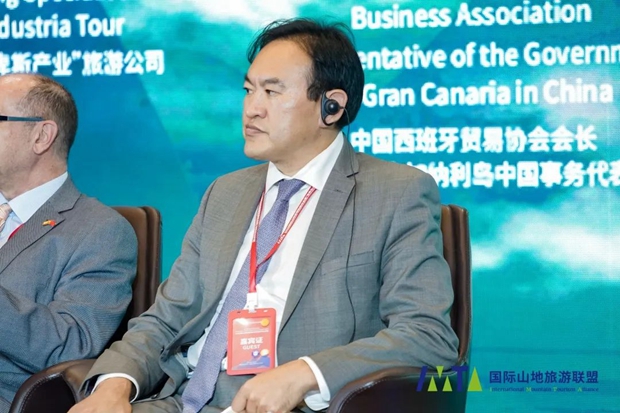
Source: IMTA
First, what exactly is the sustainable development of mountain tourism? How can we better protect nature?
Second, what is the role of mountain tourism? How to achieve a sustainable healthy life? This is the concept of "mountain tourism+" that we want to discuss.
Third, what is the contribution of mountain tourism? What can it do for our green life? How does it contribute to culture and society?
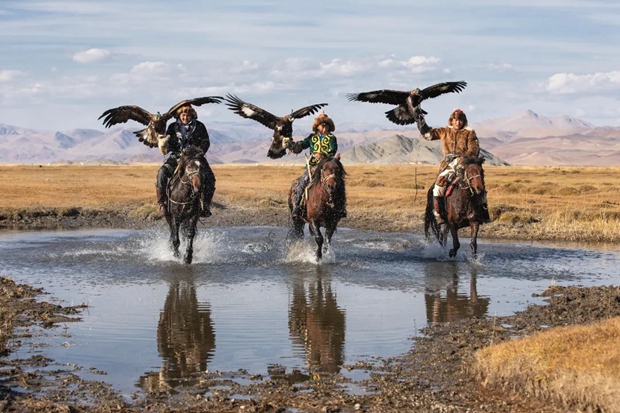
Source: IMTA
When we talk about green and sustainable mountain tourism, we must discuss these three issues, and I would like to share some more practical approaches with you. The first is about the conservationists, including ecologists, who have done a lot of research to address these issues. The second is how to apply these studies to education and normal cultural exchanges, as well as develop related green businesses. In our culture, when people die, their bodies stay with the mountains, which indicates that the mountains are not for us to utilize, but they bring us challenges and let us see what the human being really is, and this is the philosophy brought by mountains. Finally, when we talk about the green economy, we need to have a dialogue with other mountain areas, for example, through the discussion of climate change or other related mountain tourism dialogues.
Xu Jing: One of the key points made by Mr. Damba Gantemur is that mountains cannot be consumed, and we cannot consume them as a mountain. This concept is very important. Thank you. Next, let’s invite Mr. Feng Junchao, Deputy Director of the Mount Emei Scenic Area Management Committee, to share the experience of sustainable development in Mount Emei.
Feng Junchao: It's a great pleasure to have face-to-face communication with outstanding representatives of world famous mountains. Here, I would like to introduce some practices of Mount Emei to you.
Mount Emei is one of the four famous mountains of Chinese Buddhism and a famous mountain where world culture and nature are integrated. It is known as the "Kingdom of Plants", "Animal Paradise" and "Museum of Geology". In the process of operation and management of Mount Emei, the Mount Emei Scenic Area Management Committee has always adhered to the concept of protection first, scientific planning, strict management, and sustainable development, and continues to promote ecological tourism in Mount Emei and promote the development of the green economy. Here, I would like to briefly introduce the practices of Mount Emei in promoting ecological development, which I summarize in four words: "addition, subtraction, multiplication and division."
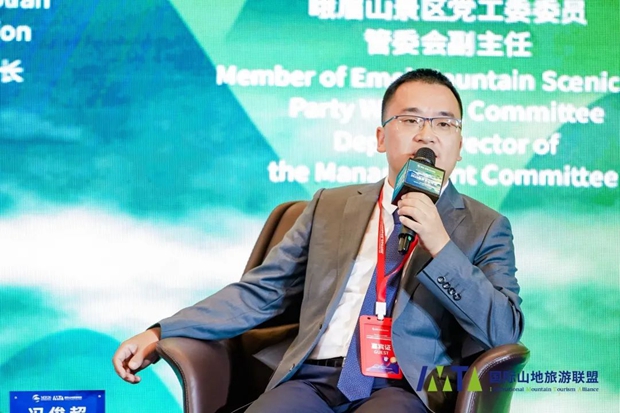
Source: IMTA
First, make additions to understanding and management. We always plan development from the perspective of harmony between humanity and nature, respecting and protecting nature. At the same time, we are working on scientific planning and management. After Mount Emei Scenic Area became a world nature and culture heritage, we immediately formulated and promulgated the Regulations on the Management of Mount Emei World Heritage and established a management system of "integration of scenery and city" with the Mount Emei Municipal Government, integrating the overall urban development plan of Emeishan City and the planning of Mount Emei Scenic Area. At the same time, a unified law enforcement team for the local area and the scenic spot has been set up, to strengthen the law enforcement of ecological environment protection, and form a mechanism of unified planning, joint protection, and coordinated development.
Secondly, subtraction on ecological carrying capacity. This is reflected in two aspects. First, in recent years we have continued to reduce the burden on the mountain ecology, and starting in 2021, Mount Emei Scenic Area has launched a program to relocate the indigenous residents in the protected area. We have relocated more than 1,480 households, totaling more than 4,500 people, to the foot of the mountain, and the number of indigenous residents on the mountain has decreased by one-fourth, thus reducing the ecological carrying burden of the mountainous area. Second, according to the ecological capacity of the scenic area, we strictly limit the number of visitors received on the same day to no more than 30,000, and put an end to the phenomenon of only focusing on the immediate interests but ignoring ecological security.

Source: IMTA
Third, multiplication on conservation and utilization. On the one hand, we continue to strengthen the basic work of ecological positioning monitoring, protection of fruit trees and breeding of endangered animals and plants, and protection of natural and ecological resources. On the other hand, we insist on the integrated protection of natural resources and human resources. In recent years, we have continued to work hard on the four business cards of Mount Emei: Buddhism, medicine, martial arts, and tea. In particular, we have strengthened the research, interpretation, and utilization of over 4,700 movable cultural relics in Mount Emei. Through this approach, we aim to achieve a harmonious coexistence between the cultural and natural resources of Mount Emei, and complement each other.
Fourth, division on clear-up blocking points, mainly three eliminations:
1. Eliminate traffic jams. Through the integrated planning of our own resources in the scenic area, we have made efforts to open up the transportation of the south Jinding line of the Mount Emei, so that tourist vehicles and tourists can enter and exit quickly, reducing the burden on the ecological environment.
2. Eliminate information blockages. Learn the demand trends of tourists through big data and timely release information to divert and limit traffic promptly so that tourism resources can maximize their benefits.
3. Eliminate blockages in research and development.
With these measures, the Mount Emei Scenic Spot has recovered significantly. So far, it has received more than 4.5 million tourists, achieving a double harvest of reputation and popularity. These are the practical practices of Mount Emei in ecotourism development, and I hope there will be more opportunities to have more in-depth exchanges with you.
Xu Jing: Thank you very much. The addition is understandable, but I am a little confused about the subtraction. Of course, subtraction is being done in the process of indigenous people’s relocation. Did you encounter challenging problems in this process?
Feng Junchao: This issue is indeed very complex, and the moderator is very professional. Generally speaking, during the process of relocating the original residents, we have formulated and introduced a package plan and a series of supporting measures. The difficulties are obvious, since the local people are attached to their homeland, so we focused on several key points when doing the work. First, considering the production and life problems of the local people after their relocation, it is necessary to create the necessary conditions for the production and life of the people at the foot of the mountain. The second is that we fully leverage the collective management mode of local people, transforming them from intensive management on the mountain to intensive management at the foot of the mountain.
Xu Jing: It's wonderful, that is to say, a little addition, subtraction, multiplication and division are not simple operations in the concept, which needs a lot of supporting facilities to complete and implement. Thank you again.
Editor Ⅰ: Zhang Wenwen
Editor Ⅱ: Wu Dan
Editor Ⅲ: Liu Guosong














